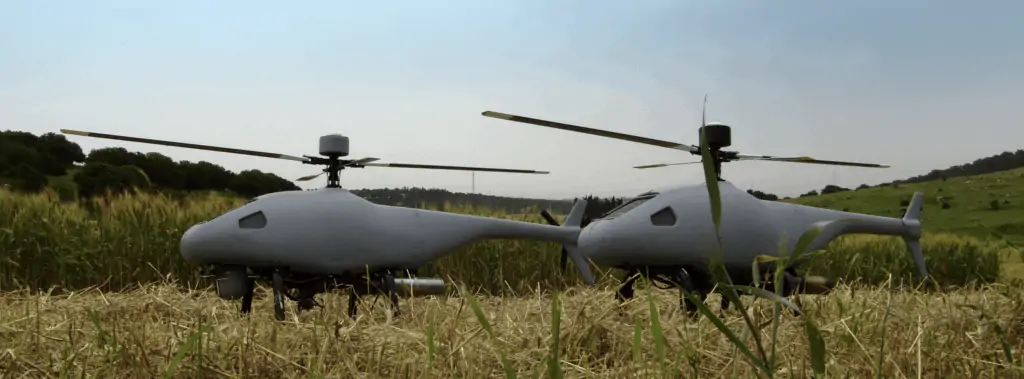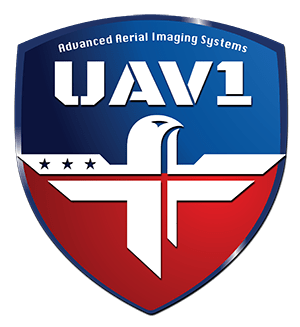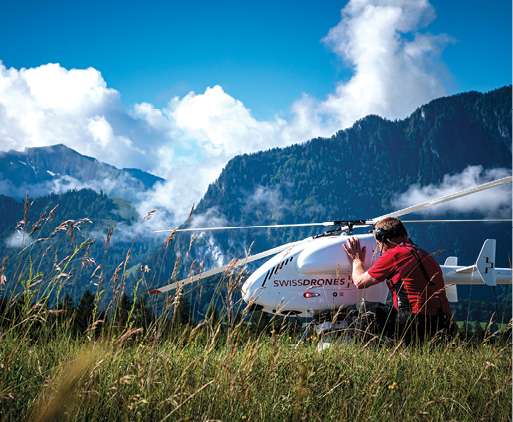Integrating UAV Gimbals in Helo Drones for Enhanced Thermal Imaging
The integration of Unmanned Aerial Vehicle (UAV) gimbals in helicopter drones (helo drones) marks a significant advancement in aerial surveillance and inspection capabilities. This article delves into the pivotal role of UAV gimbals in stabilizing thermal imaging cameras on helo drones, highlighting how this synergy enhances image quality and broadens the scope of their application in sectors such as agriculture, forestry, and border security.
What is the difference between the different types of drones ? (VTOL, UAV, UAS, RPAs, and Helo Drones)
Helo Drones vs. UAVs (Unmanned Aerial Vehicles):
- Helo Drones: Helo drones, resembling miniature helicopters, are known for their exceptional stability and endurance. They are often preferred for missions requiring extended hover time and precise maneuvering, especially useful in thermal imaging applications.
- UAVs: UAVs is a broad category that includes various types of drones, including helo drones. Generally, UAVs can range from fixed-wing to multi-rotor configurations, each designed for specific tasks. Fixed-wing UAVs, for instance, excel in covering long distances quickly but lack the hover capability of helo drones.
Helo Drones vs. VTOL (Vertical Take-Off and Landing) Drones:
- Helo Drones: These drones excel in vertical take-off and landing, much like VTOL drones, but are particularly adept at stable hovering and slow, controlled movements.
- VTOL Drones: VTOL drones combine the features of both helicopters and fixed-wing aircraft. They can take off and land vertically but transition to horizontal flight for longer distances. While versatile, they may not match the hover stability of helo drones.
Helo Drones vs. RPA (Remotely Piloted Aircraft):
- Helo Drones: Operating as a subset of RPA, helo drones are specifically remotely piloted. Their design is conducive to detailed, precision tasks due to their stable flight characteristics.
- RPA: This term broadly refers to any aircraft piloted from a remote location, encompassing a wide range of drones including helo drones. RPAs can vary greatly in size and capability, depending on their specific design and purpose.
Helo Drones vs. UAS (Unmanned Aircraft Systems):
- Helo Drones: As part of the UAS category, helo drones represent a focused application where maneuverability and hover capabilities are crucial.
- UAS: UAS refers to the entire system, including the drone, ground control station, and communication links. This category encompasses all types of drones, from small consumer-grade quadcopters to large military drones. The capabilities of UAS systems vary widely based on their components and design.
Helo Drones vs. Other Drone Types:
- Specific Multi-Rotor Configurations: Helo drones are often compared to other multi-rotor drones like quadcopters, hexacopters, and octocopters. While these drones are known for vertical takeoff and good hovering capabilities, helo drones often surpass them in flight duration and stability under various weather conditions.
- Fixed-Wing Hybrids: Some drones combine fixed-wing and rotor-based elements for a balance of efficient long-distance flight and hover capabilities. However, helo drones still hold the advantage in sustained hover and precise low-speed maneuverability.
Conclusion: While each type of drone, be it UAV, VTOL, RPA, UAS, or specific multi-rotor configurations, has its unique strengths and optimal use cases, helo drones stand out for their exceptional stability, precise control, and prolonged hover capabilities. This makes them particularly suited for tasks requiring detailed and steady aerial observation, such as in thermal imaging applications. Understanding the differences among these drone types helps in selecting the right drone for specific tasks, ensuring efficiency and effectiveness in various operations.
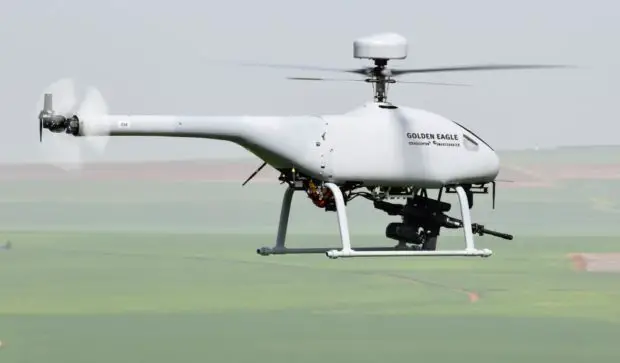
The Importance of Stabilization in Aerial Thermal Imaging:
Thermal imaging cameras, when mounted on helo drones, provide invaluable data by detecting heat signatures from various objects and environments. However, the quality of thermal images is heavily reliant on the stability of the camera. This is where UAV gimbals come into play. These gimbals are designed to counteract the movement of the drone, ensuring that the camera remains steady, which is crucial for capturing clear and consistent thermal images.
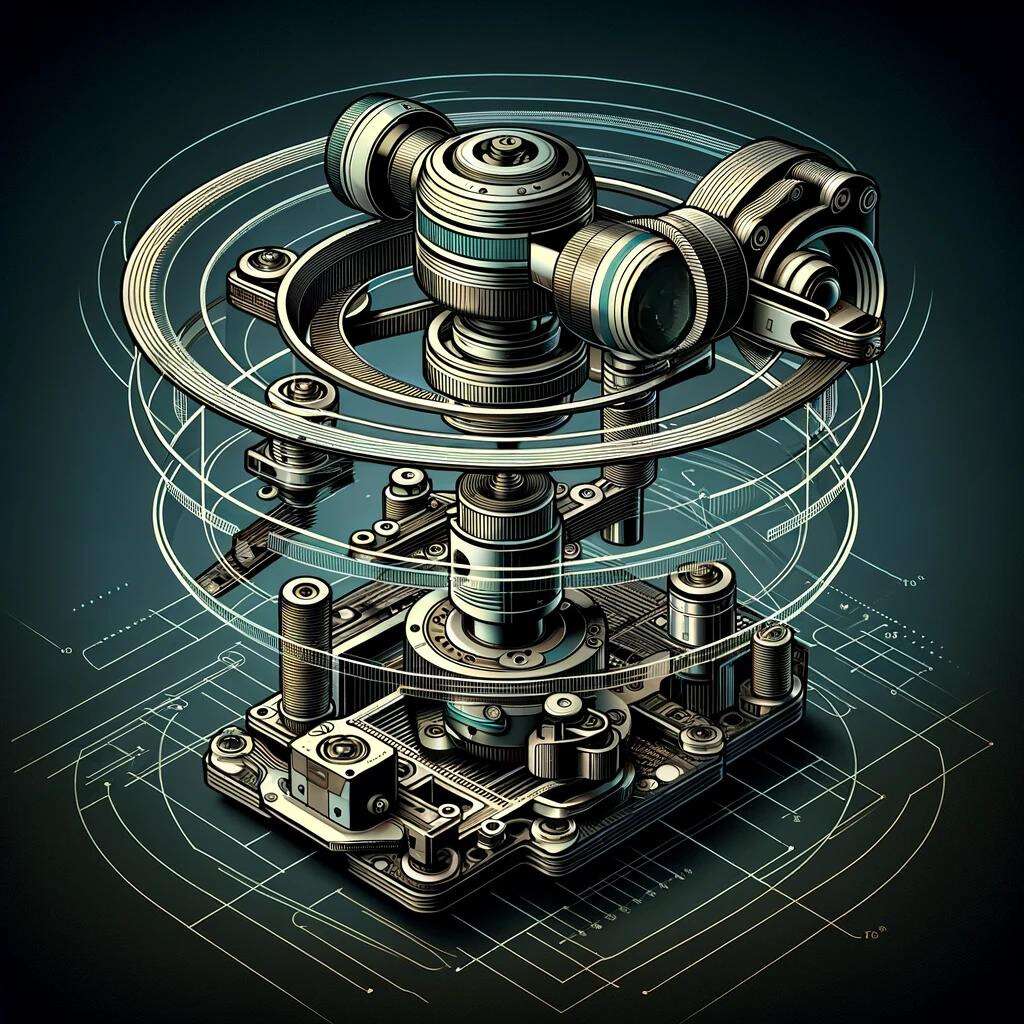
UAV Gimbals: Enhancing Precision and Efficiency:
The advanced stabilization technology in UAV gimbals allows for precise control of the camera’s orientation. This precision is vital for detailed and accurate thermal imaging, enabling operators to pinpoint specific areas of interest, especially in challenging or inaccessible locations. Furthermore, the efficiency of operations is significantly improved, as stable and clear images reduce the need for repeated flights and excessive data processing.
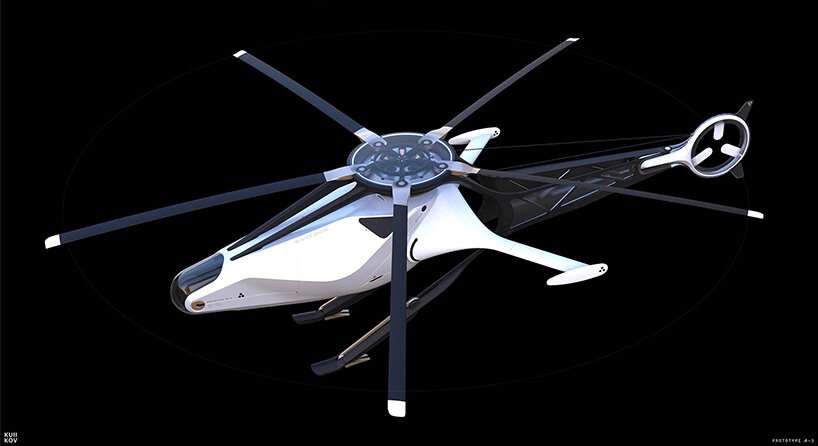
Application of Helo Drones With Thermal Gimbal Cameras In Agriculture
In agriculture, the integration of UAV gimbals with thermal imaging cameras on helo drones offers numerous benefits. Farmers can utilize these drones for monitoring crop health, irrigation needs, and detecting pest infestations. The stability provided by the gimbals ensures high-quality images, enabling accurate assessment of large swathes of farmland, thus aiding in informed decision-making and resource management.
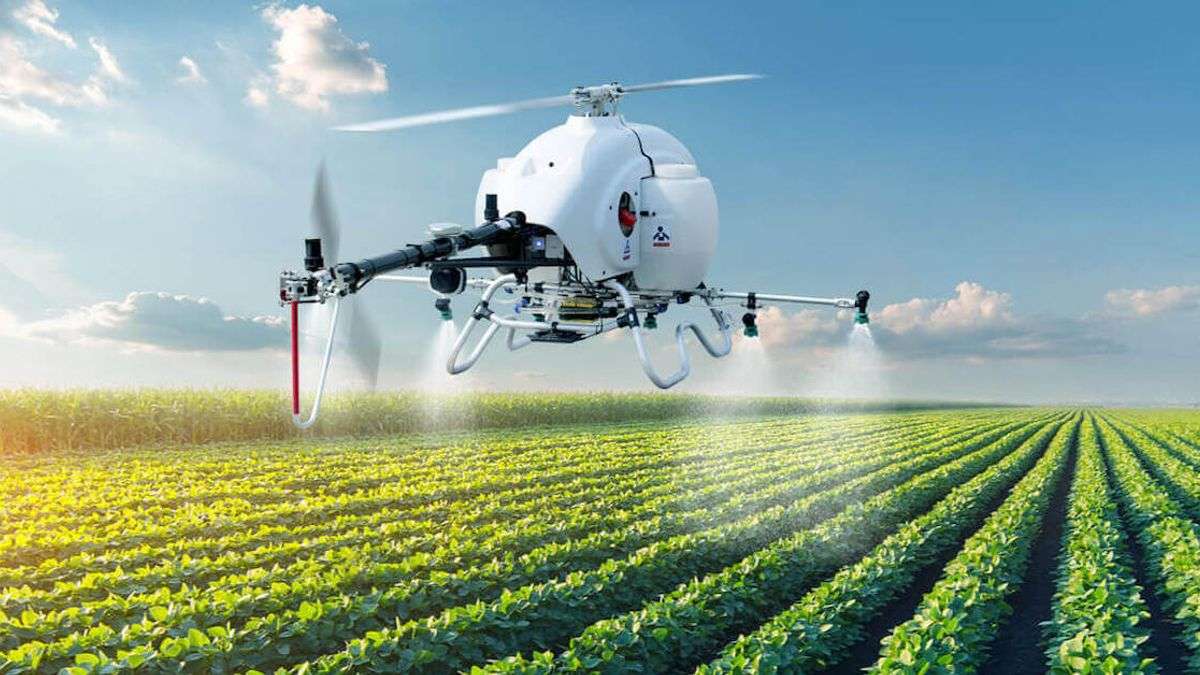
Application of Helo Drones With Thermal Gimbal Cameras In Forestry
In the realm of forestry, these drones play a critical role in monitoring forest health, detecting early signs of fire, and tracking wildlife populations. The enhanced stability allows for the capture of consistent thermal images over large forested areas, providing crucial data for conservation efforts and sustainable forest management.
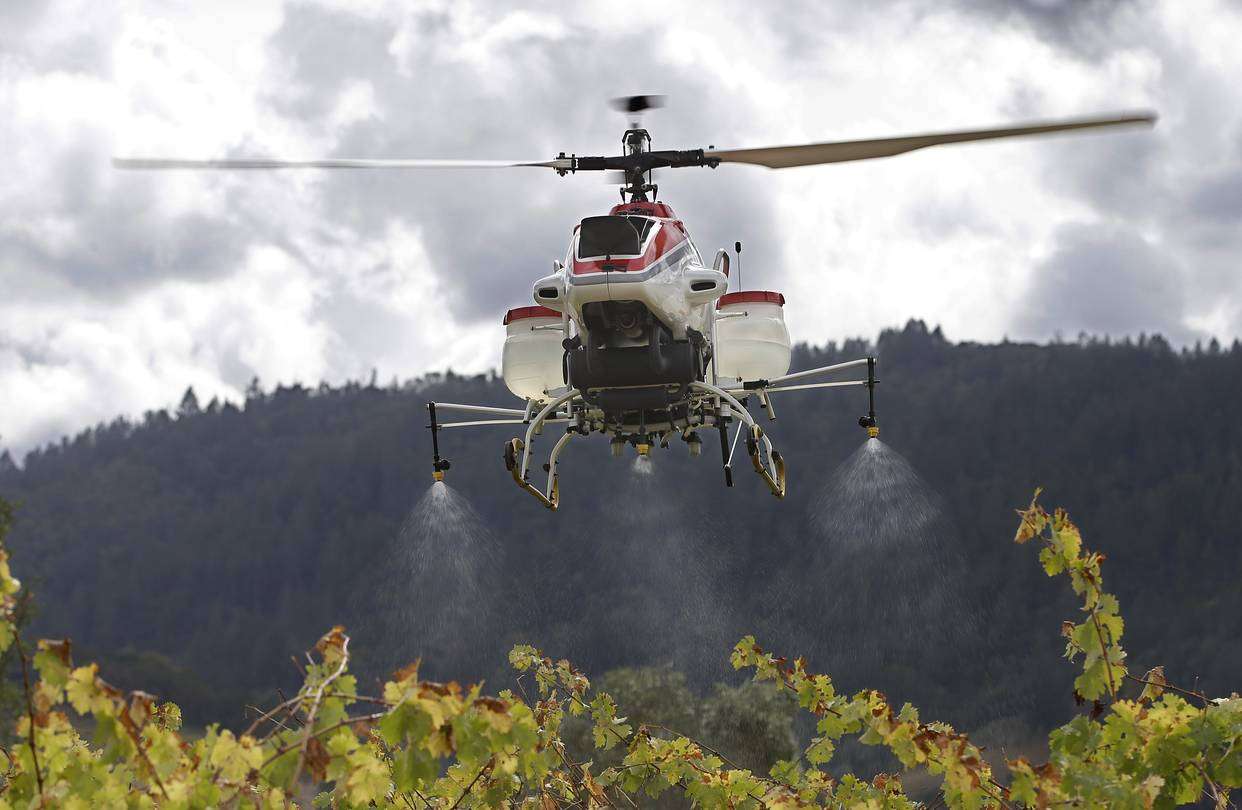
Application of Helo Drones With Thermal Gimbal Cameras In Border Security
Border security operations greatly benefit from the deployment of helo drones equipped with stabilized thermal imaging cameras. These drones are capable of conducting surveillance over extended periods, especially in harsh or low-light conditions. The high-quality thermal imagery obtained assists in detecting unauthorized activities and movements along borders, contributing significantly to national security.
